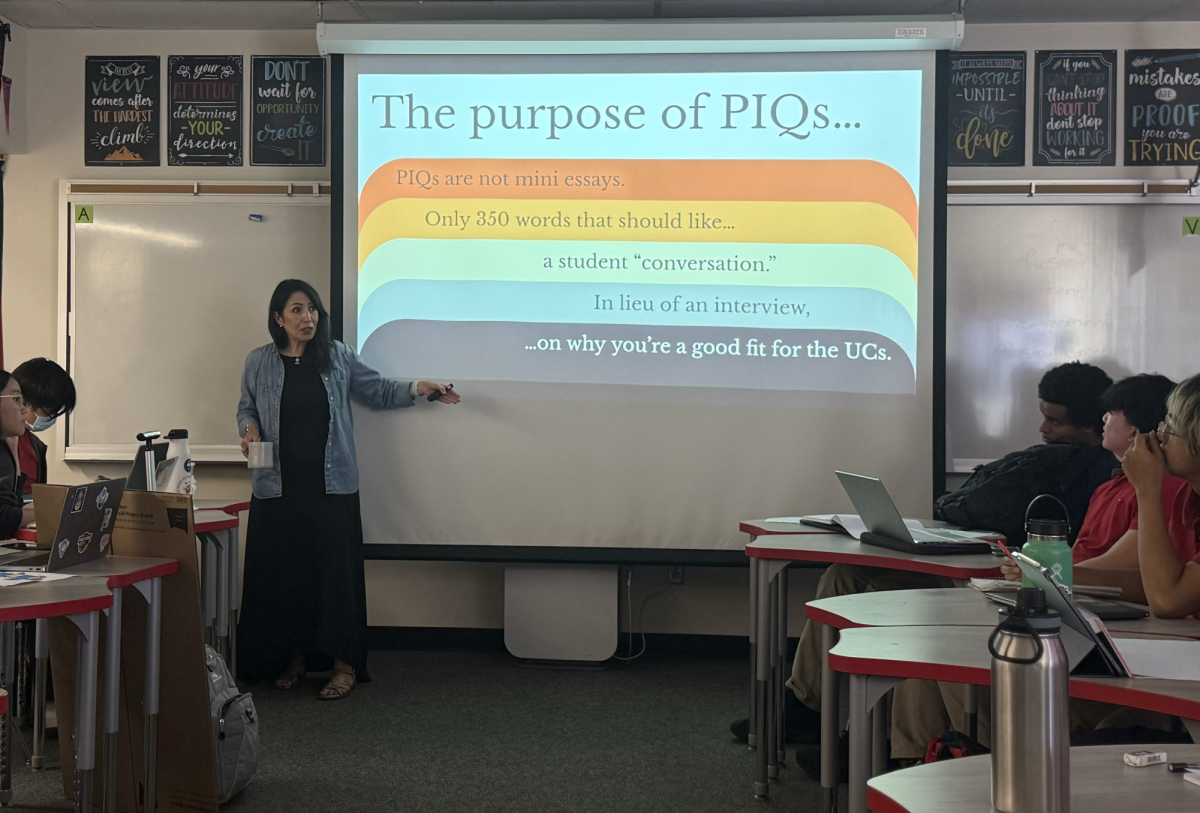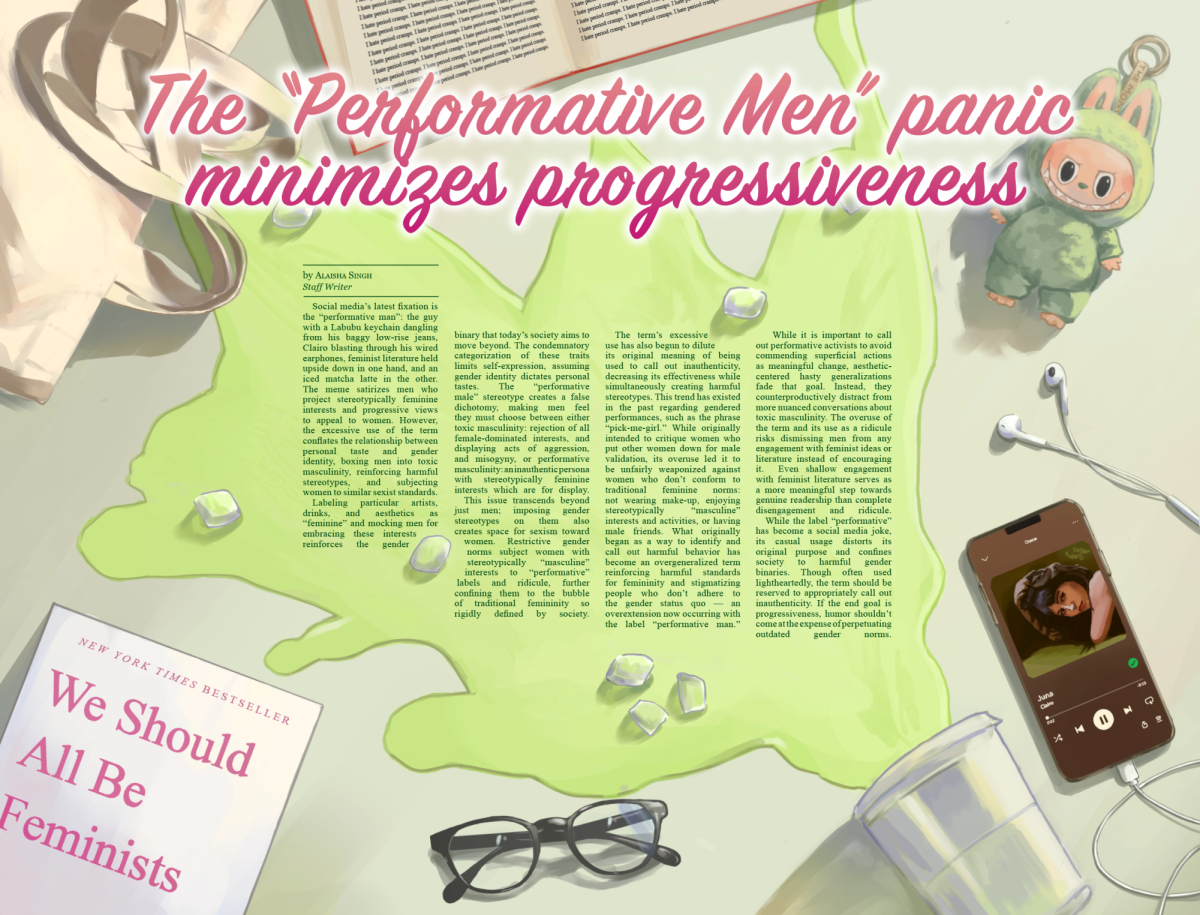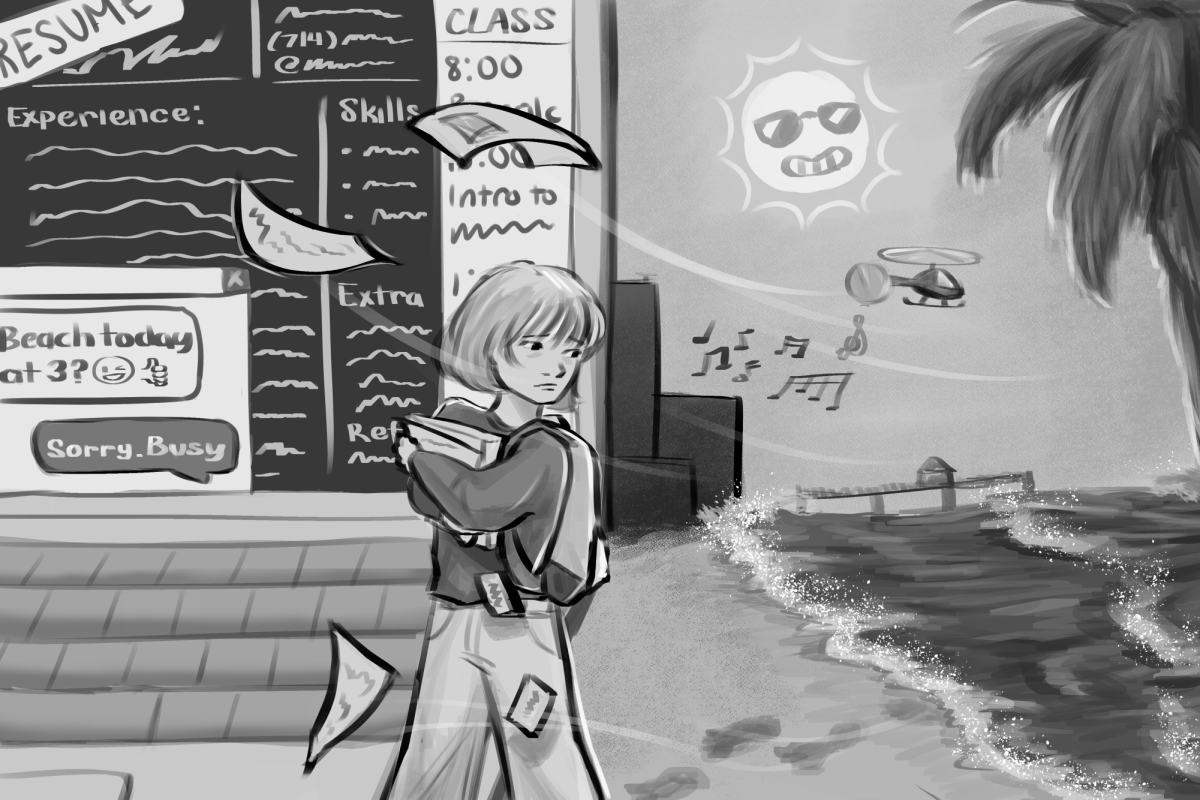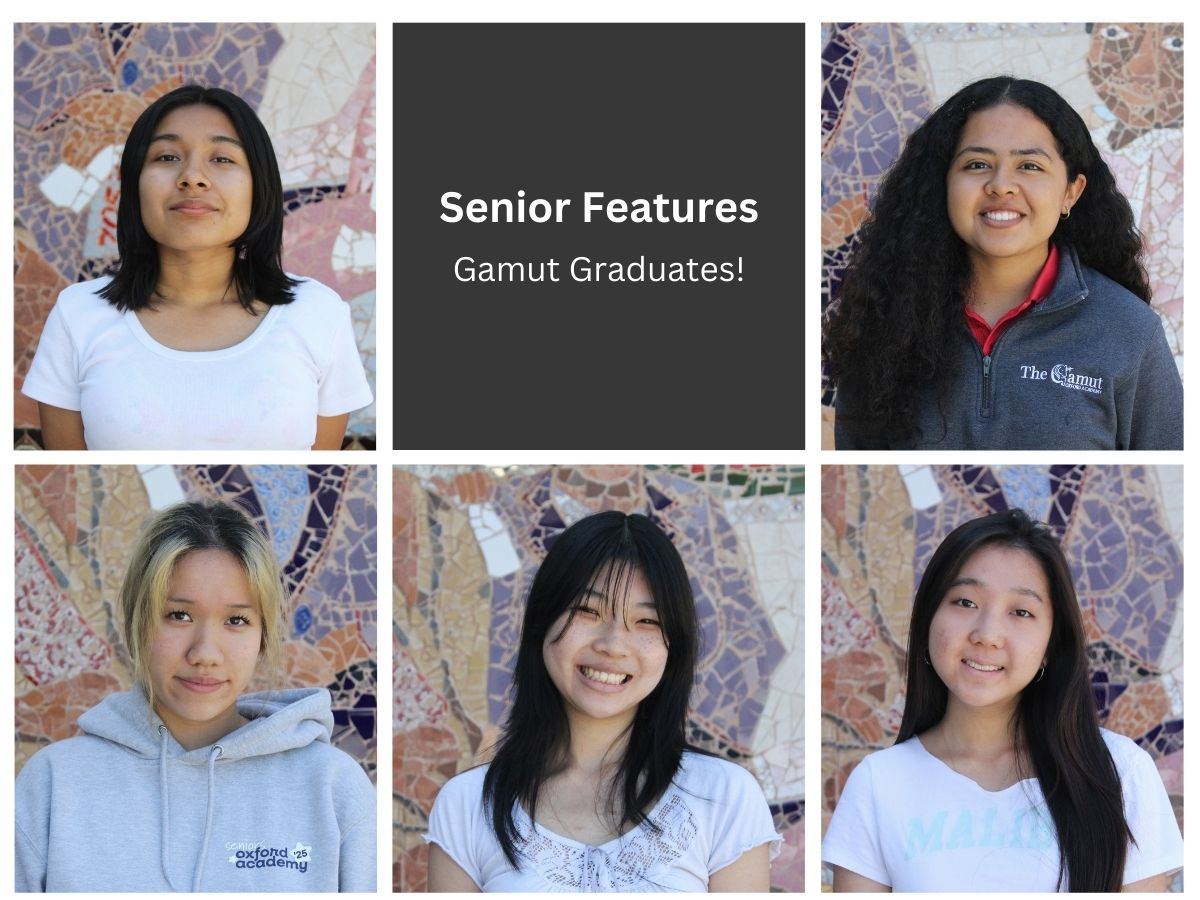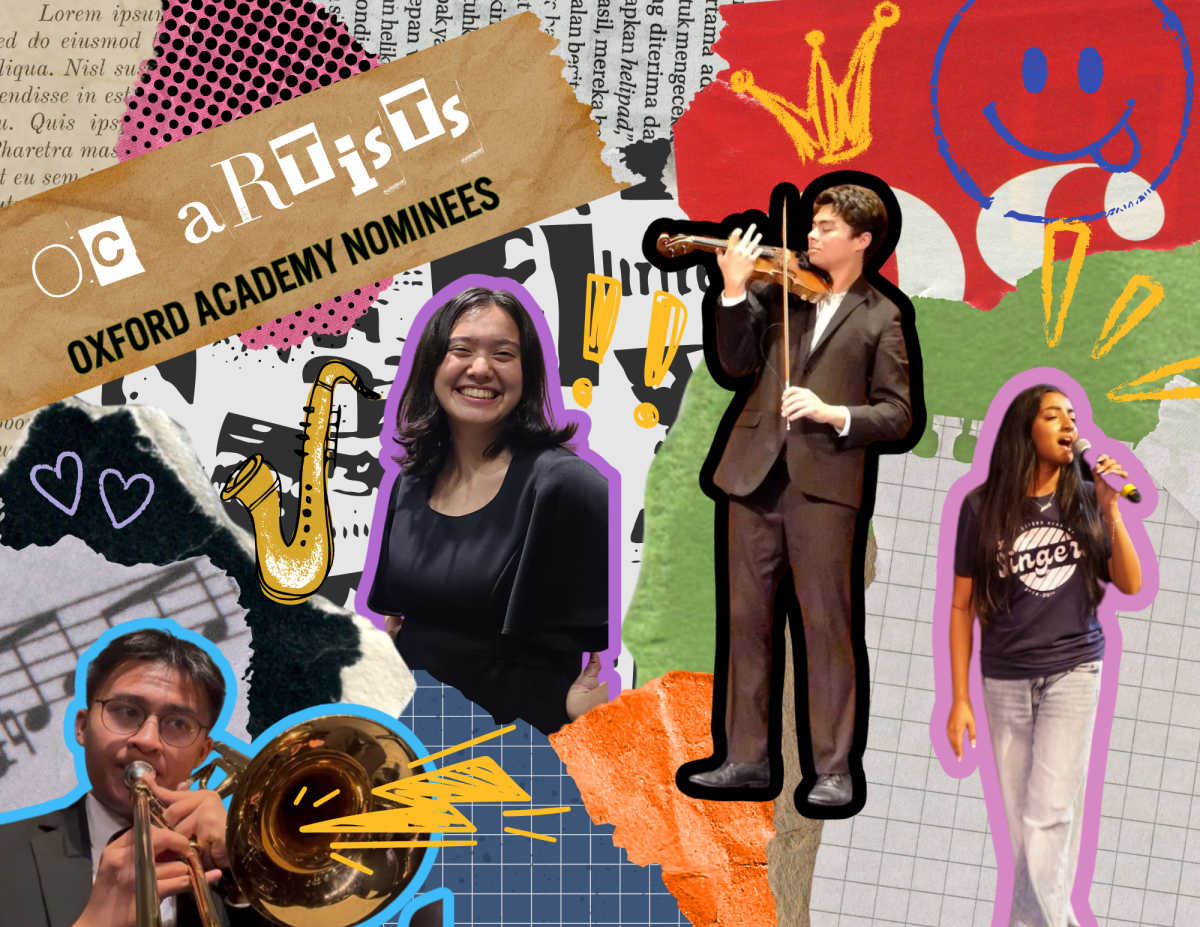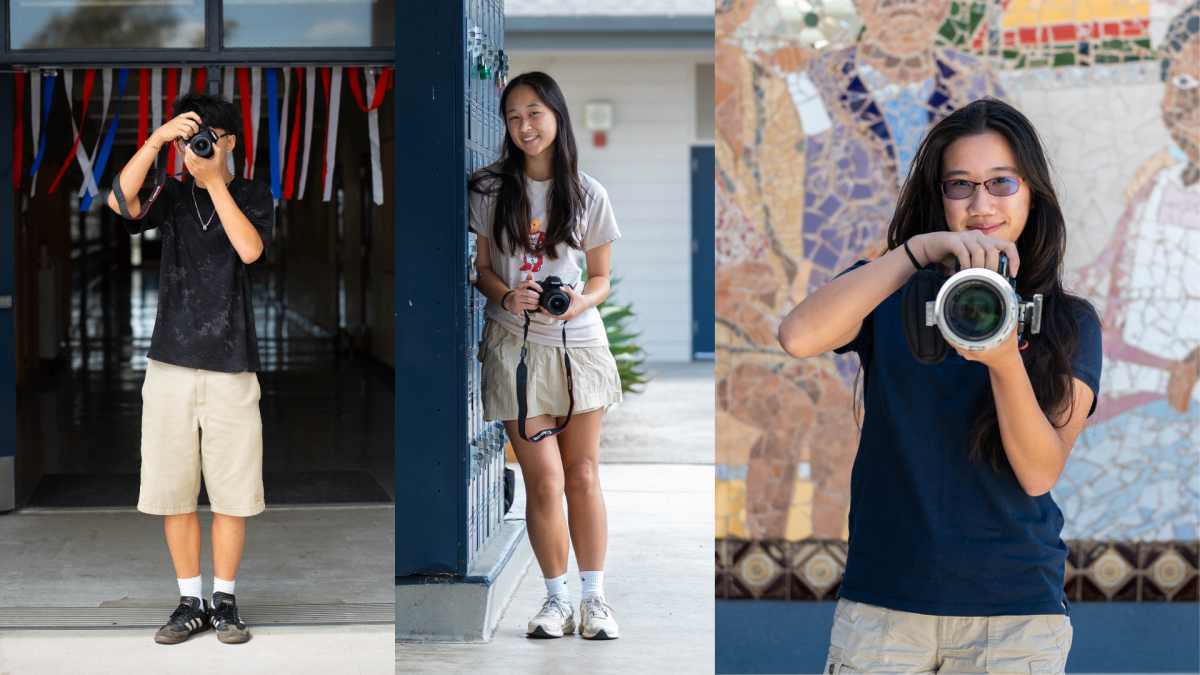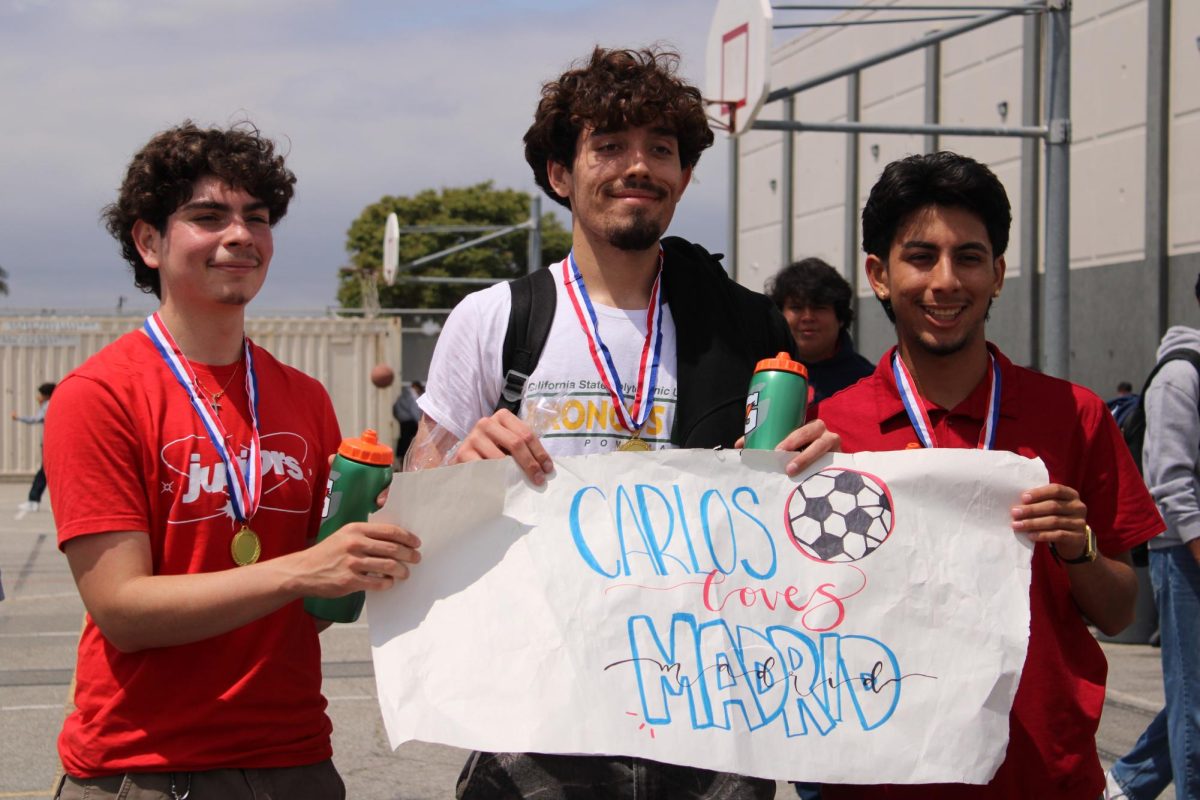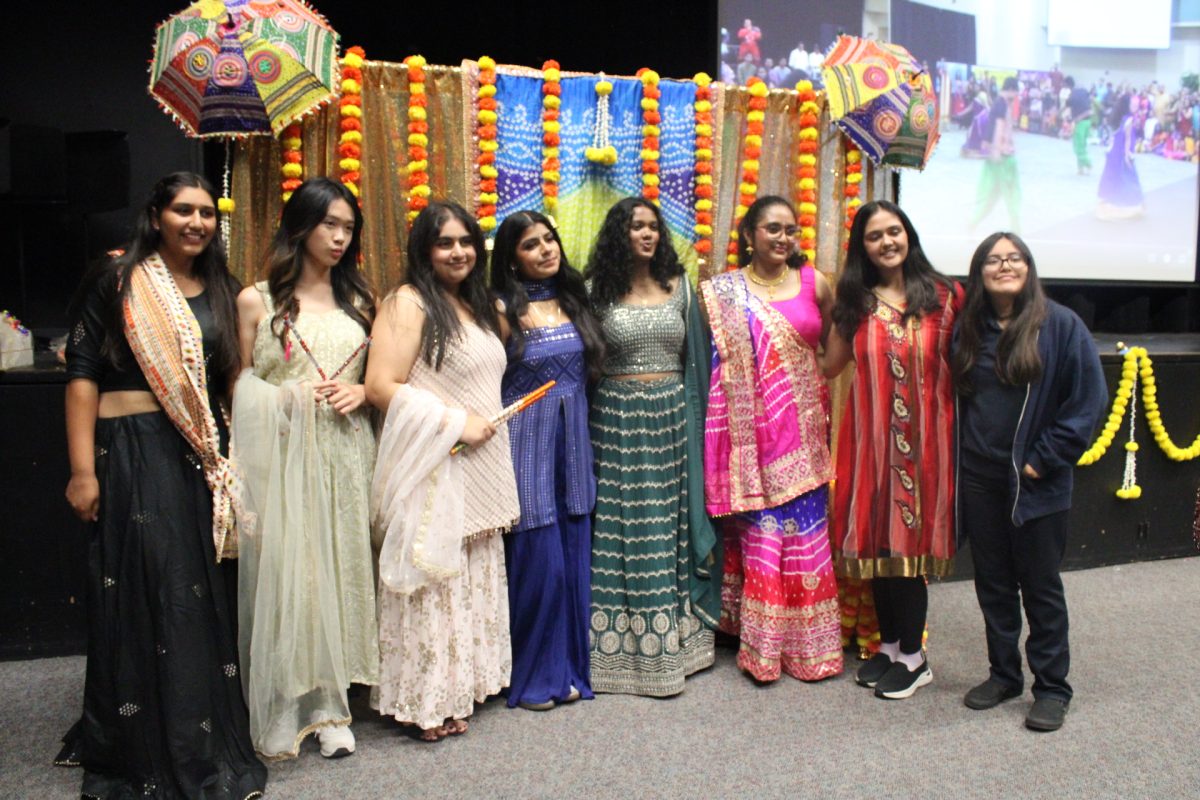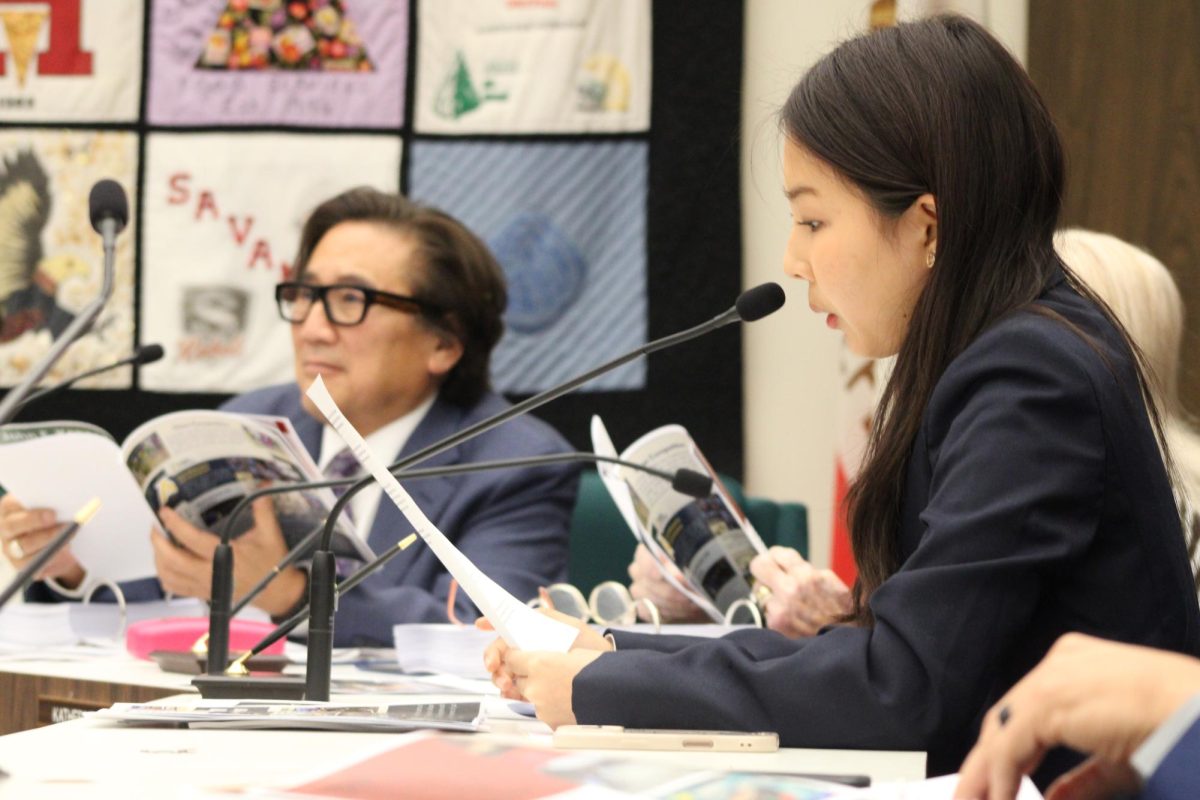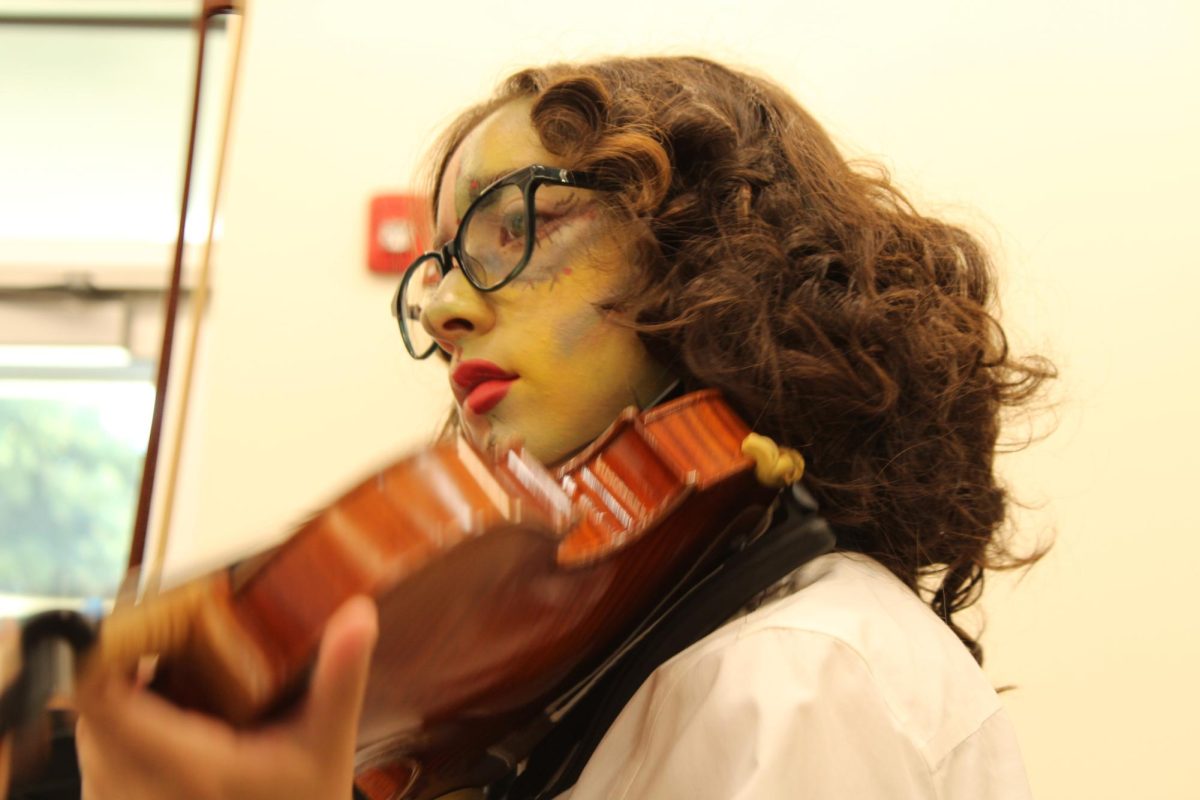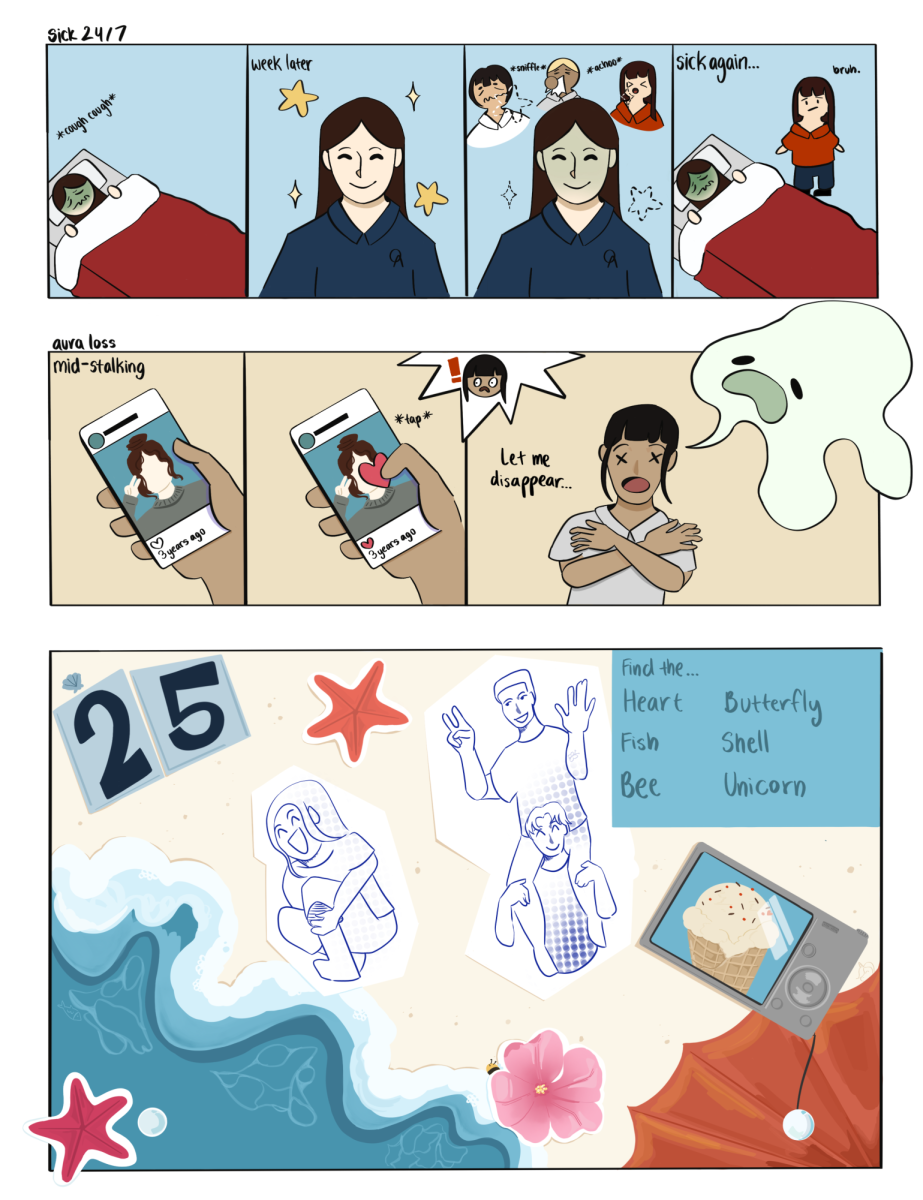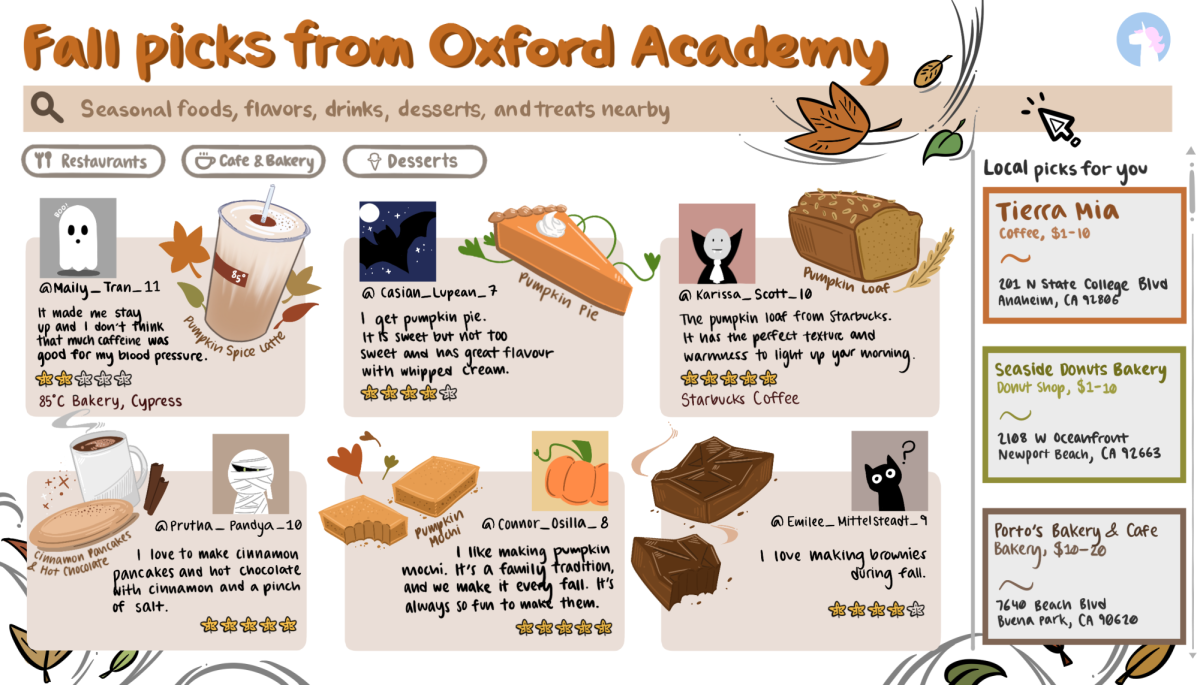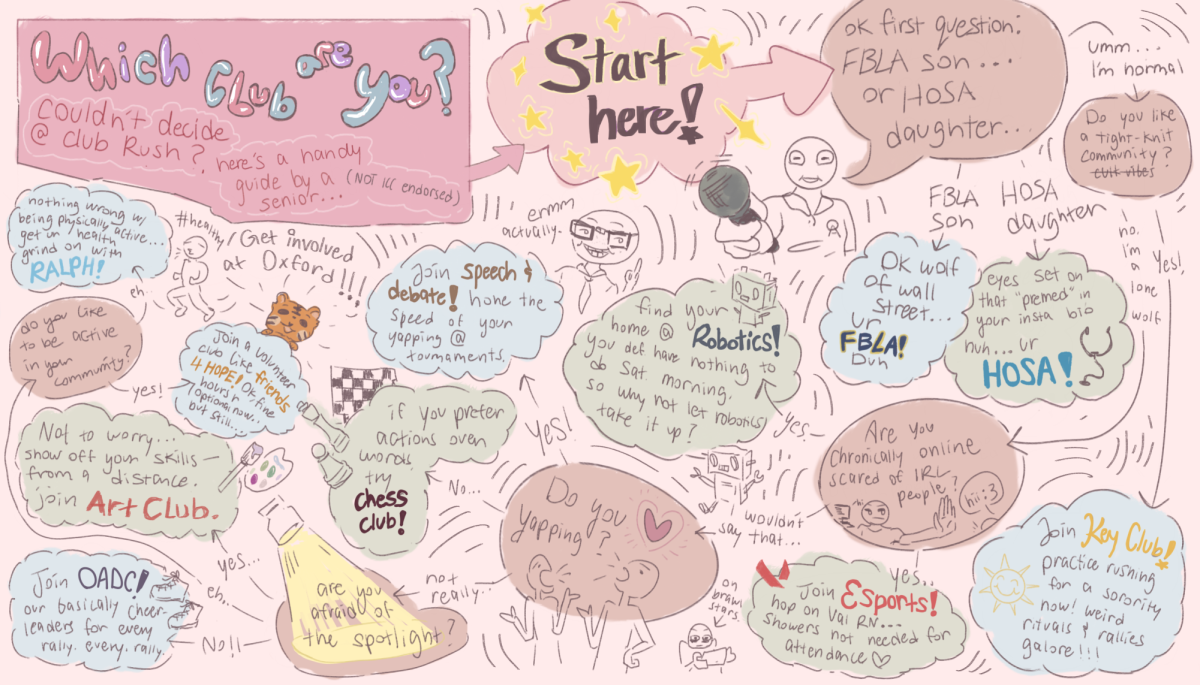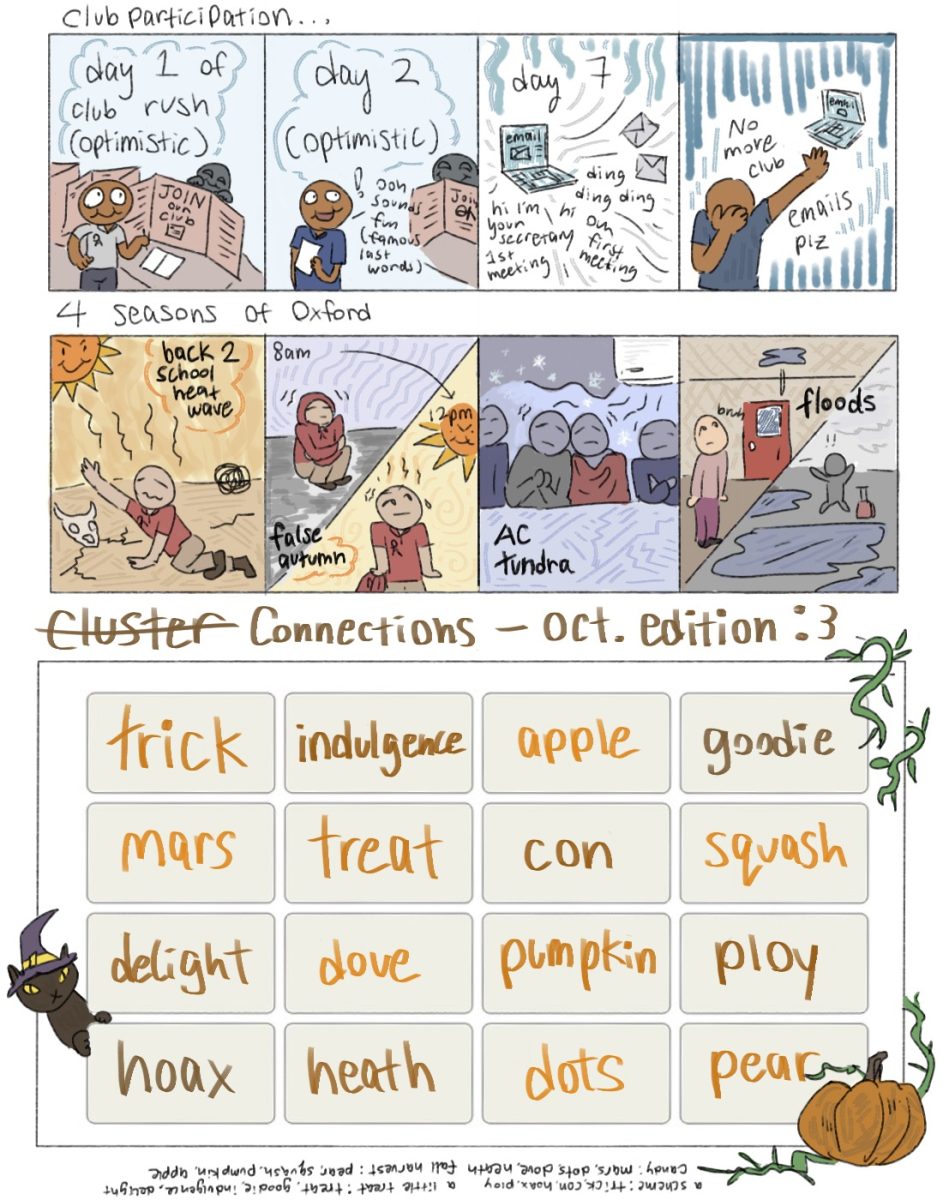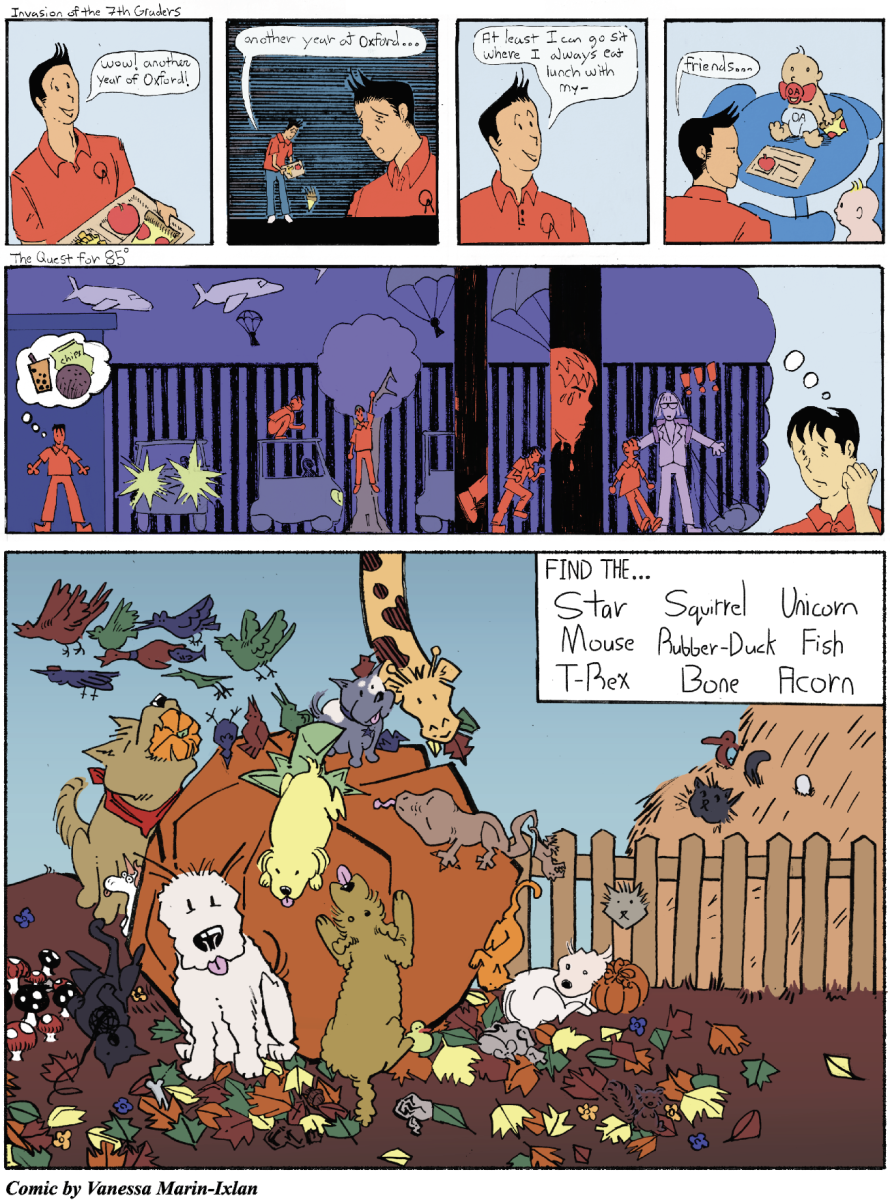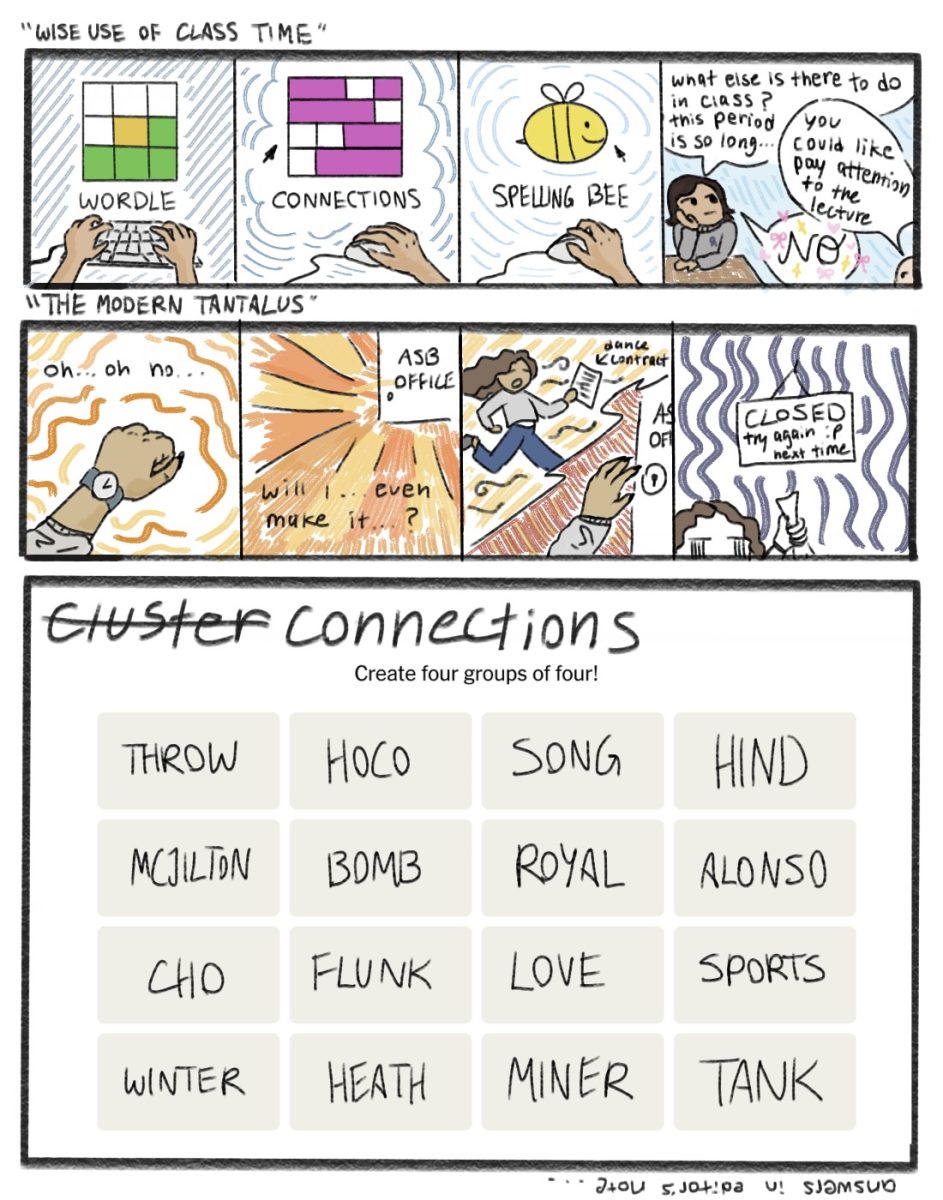As one of the top-ranked public high schools in California, Oxford Academy is recognized for its college-and-career focus, yet lacks support for students pursuing the arts and humanities. Four Career Technical Education (CTE) pathways are offered — biotechnology, engineering, entrepreneurship, and computer science — however, with three STEM pathways and a business pathway, there is an evident absence of any pathways focusing on the arts.
This lack of diversity restricts students whose passions lie in creative disciplines, and it doesn’t provide the true career-preparatory education Oxford promotes. The school should broaden the variety of pathways offered to include arts and humanities pathways that would fully encompass the interests of students.
Out of the 11 high schools in the Anaheim Union High School District, Oxford is the only school that does not offer any arts or humanities CTE pathways. Pathways involving film, culinary arts, law, and design are commonplace at other schools within the district, yet are underrepresented at Oxford.
The lack of creative pathways marginalizes individuals with genuine interests in arts and humanities subjects, deterring the exploration of pathways that aren’t STEM-oriented. The current pathway options undermine the potential of students pursuing creative disciplines, disadvantaging students who cannot access career education that reflects their interests.
With a lack of resources and opportunities, creatives have to explore outside of school for education that supports their endeavors.
The current CTE pathways do not wholly represent the array of pursuable career paths, as creative pathways such as film and design are present in many colleges; Oxford should add a pathway that demonstrates the prevalence of creative disciplines in higher education. Moreover, college institutions value students with a liberal arts background; both UC Berkeley and MIT mandate that students complete an art and literature course regardless of their major. Prestigious universities are more impressed by well-rounded students who have experience in arts and humanities than those whose experience is limited to STEM subjects.
Although small class sizes may be a concern, high schools with similar class sizes have implemented art-based pathways. Whitney High School in Cerritos, a college preparatory school with a 179-student class size, has five CTE pathways, four of which are art pathways: digital media, dance, performing arts, and design/media arts. An arts and humanities pathway is not impossible for Oxford—in a survey regarding career pathways at Oxford, 168 student respondents indicated that Oxford’s pathway options were limited and not representative of industries that don’t involve STEM or business.
If Oxford promises to foster the growth of future doctors and engineers, there also should be support for future filmmakers and artists. Whether it be film, design, or law, one thing is clear: an art or humanity pathway will amplify the creative expression of students.






